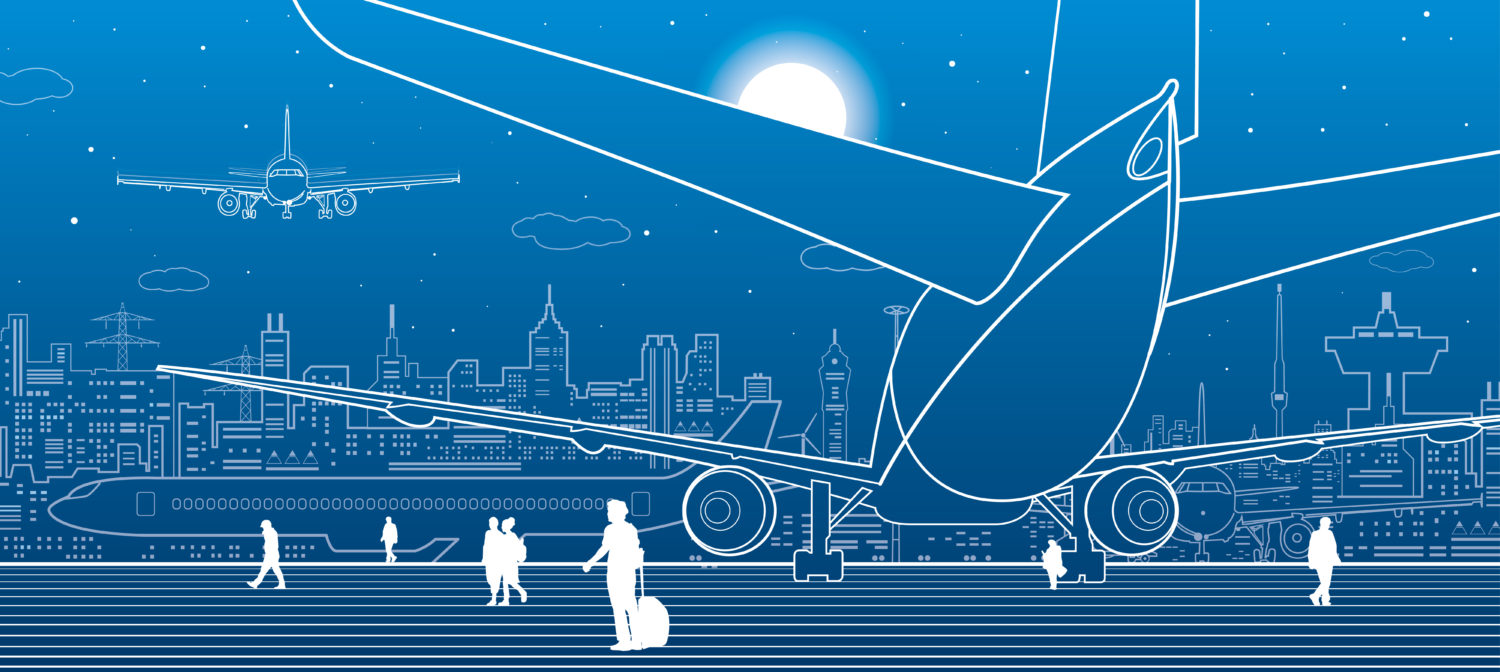
The House Subcommittee on Aviation held a hearing this week to discuss what the U.S. aviation system and infrastructure could be like in 2050.
Representatives of NASA, aviation and technology companies and pilots were present to testify.
Each came with their own particular focus of vision, but all highlighted a future where technology continues to play an ever-increasing role and international competition the dictator of success. Aviation will help deliver this future, attested David McBride, director of the National Aeronautics and Space Administration (NASA) Armstrong Flight Research Center, by guaranteeing that nowhere is more than a few hours’ travel away at any time. That, in turn, would lead to other benefits.
“This growth in aviation means jobs,” McBride said. “Global competition is fierce in this sector as companies and countries seek to capture a larger share of this growing market and high wage jobs. U.S. and European companies traditionally have divided the global market for large civil aircraft and equipment. Now China is investing heavily in aerospace, starting up a new company to build large commercial aircraft to lure some of the large civil aircraft market share. Russia and Japan are seeking to break into the regional jet market, and companies from all around the world are seeking market share for smaller unmanned systems and vehicles.”
Supersonic aircraft manufacturer Boom focused more on the aviation itself, calling for greater innovations to make this vision possible.
“To truly make our planet accessible for all, we need further to increase speeds, reduce costs, and increase passenger comfort, relaxation, and productivity,” Eli Dourado, head of Global Policy and Communications at Boom, said. “We expect to make progress on all these fronts with each airliner model we design. Eventually, we see a world in which no trip anywhere on the planet takes more than a few hours, fares are lower than today’s economy prices, and the experience of travel is serene and productive—travelers should look forward to the few hours they’ll spend in an airline seat.”
PrecisionHawk, a drone and drone software company, emphasized a need to roll back regulations on drones and let them fly wherever they are needed. Transportation company Uber also wanted more flights, including aerial ridesharing, to help lift the burden of ground traffic congestion.
More to gain means more at stake, and in certain areas, the United States has a great deal of catching up to do. Despite enthusiasm among much of the attendees, Aviation Subcommittee Ranking Member Garret Graves (R-LA) noted the nation’s poor state of infrastructure. Others have it beat by decades of work.
“Today’s hearing is about being proactive – having infrastructure, laws, and regulatory structures in place to facilitate rather than stymie innovation,” Graves said. “Our witnesses are on the forefront of these next-generation technologies — aerial ride sharing for urban transport, new supersonic commercial aircraft to cut flight times in half, the use of drones to help in emergency response and disaster surveys. Forward thinking, private and public sector investments today will mean job creation and economic growth tomorrow and will help ensure America’s global leadership in the skies.”